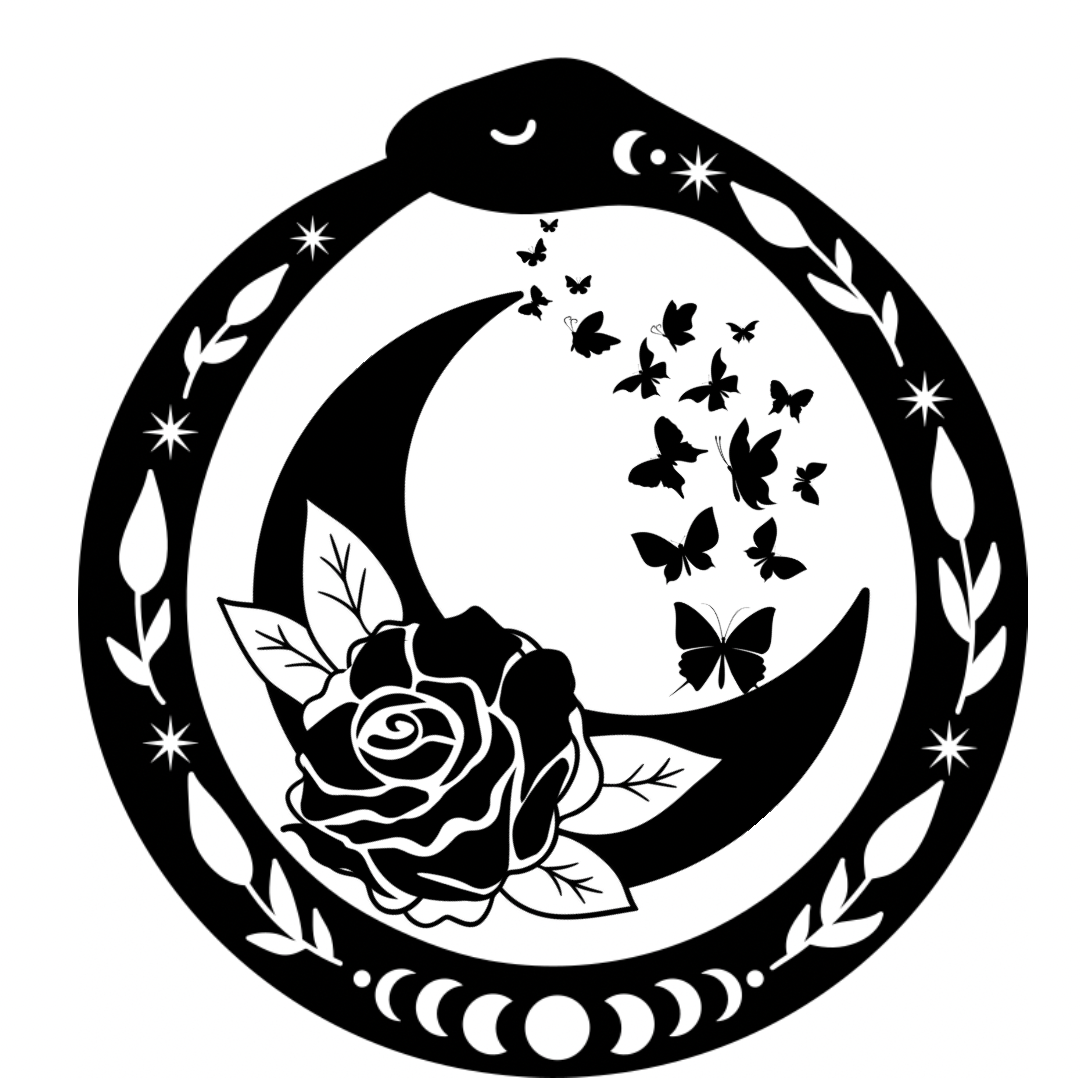SADHANA
Yoga does not ask us to blindly believe ourselves to be a dynamic continuum of consciousness. Rather, it asks us to take up an experimental practice of sustained self-discovery so we learn from the repeatability of our vivid and visceral experience. Yoga invites us to be our own scientist and continually observe ourselves as phenomena in a perpetual self-experiment process - witnessing the expected and unexpected results and learning from ourselves about our own becoming.
“The practice of becoming” is one English interpretation of the Sankrist term “sadhana” (साधन). It’s less a prescriptive routine, and more a continual subjectivation - a process of experimentation where we experience ourselves in relation to life itself. Sadhana is not restricted to what happens while engaged in the perennial practices. It includes what happens when working, resting, and enjoying. In this way, every aspect of living becomes the practice of yoga and part of our sadhana.
The challenge to witnessing ourselves is objectivity. Even though we try, like a scientist, to observe ourselves as phenomena without prejudice, we are influenced by the whole of our life experience - our samskaras. To various degrees, we maintain built-in subjectivity based on every experience we’ve ever had in the past and anything we want to experience in the future. We tend to witness ourselves through a filter of all past influences and future aspirations. Because our sense of self is so mixed with the content of our lived experience, we tend perceive ourselves through a muddied lens. Our perception is tainted by our unavoidable biases.
The self-experimentation process that yoga is helps us recognize our blind spots, clarify our perception, and feel into the infinite interconnectedness of all. As William Blake describes in The Marriage of Heaven and Hell: “If the doors of perception were cleansed, everything would appear to man as it is - Infinite.” The perennial yoga practices invite us to participate in an ongoing process of (i) self-inquiry, (ii) awareness of self-imposed limits, and (iii) opening beyond those limitations so we may experience our being and becoming as part of consciousness itself - with as much objectivity as possible. Each practice inclines us toward an ever-growing sensitivity to the interconnected whole of life and away from a feeling separateness from everyone and everything. They are meant to be engaged with, consistently and repetitively as sadhana, so we learn for ourselves what is true.
There is no single recipe for sadhana - no set prescription of practices that’s suitable for all. Our sadhana is meant to be as unique as we are because it involves our particular process of becoming. Copying someone else’s sadhana repeats their process of becoming, and is not necessarily appropriate for our process. There are as many sadhana variations as there are individuals. So, the balance of practices is going to be different for each of us - and will vary over the course of time according to what intellectually and intuitively resonates with us.
